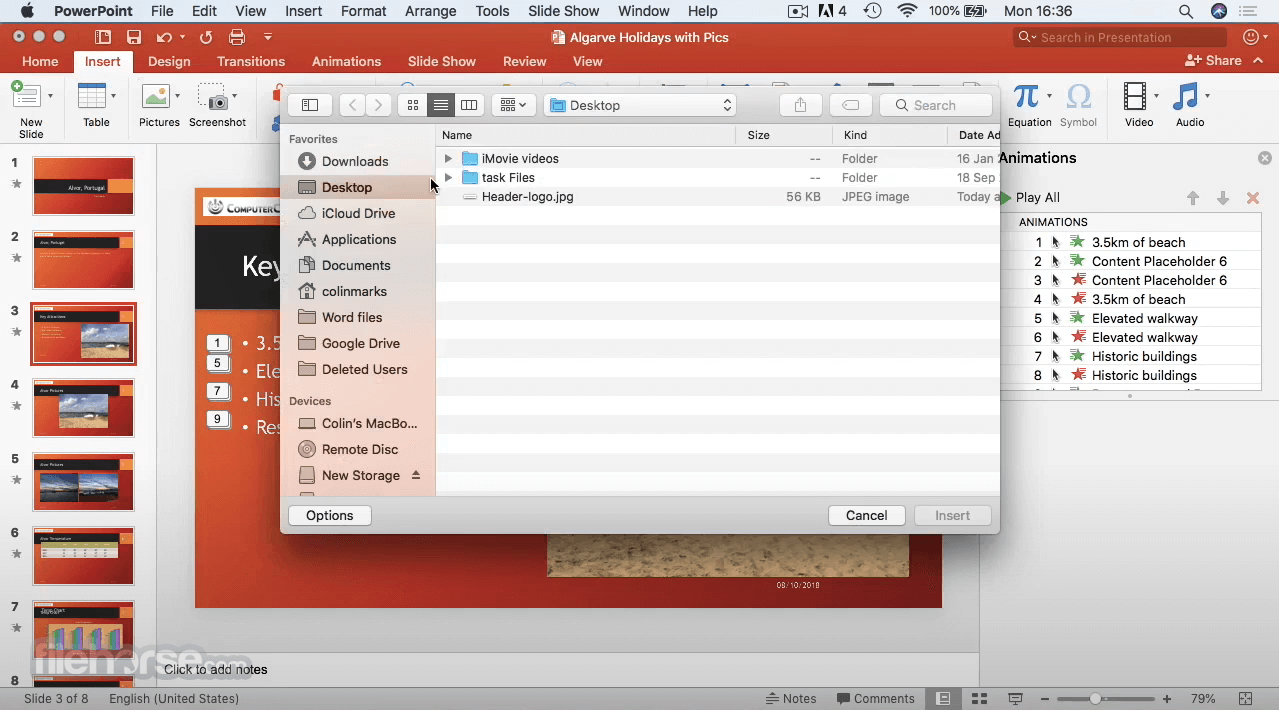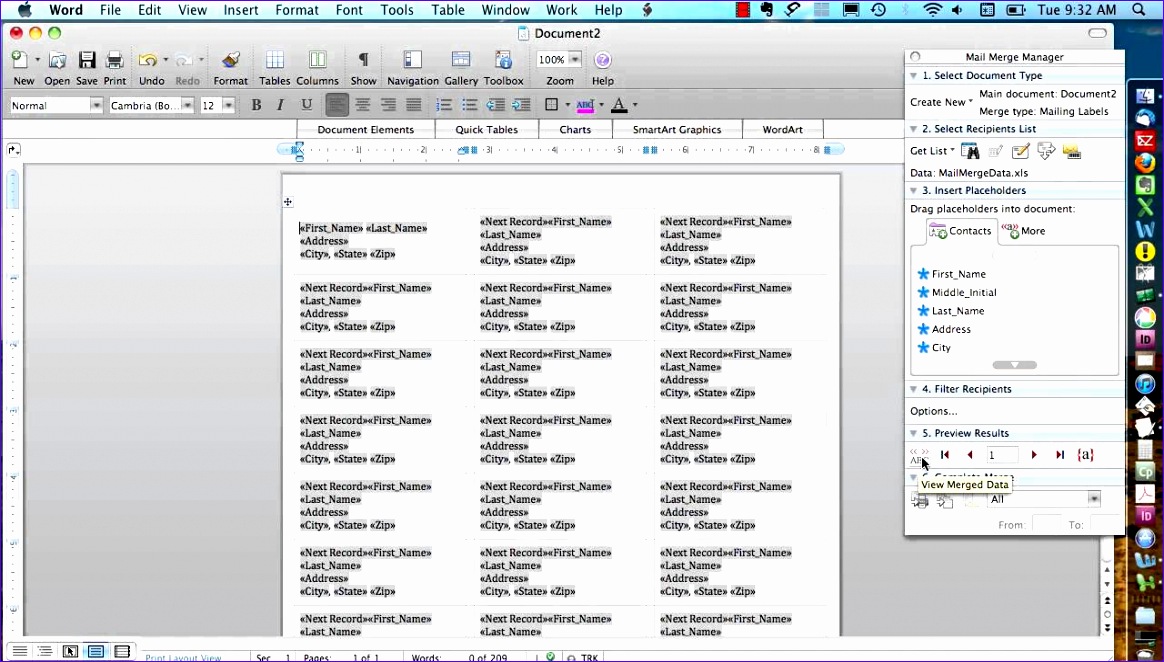


You can create multi-select filter conditions without using custom filters sort or filter on a font color or cell color see matches immediately as you create your filter and utilize built-in filters (such as Above Average or Below Average) to speed your work. Sorting and filtering in general is better in Excel 2011 than in Excel 20 for Windows. Once you’ve done that, it’s easy to filter and sort your data. Creating tables is as simple as selecting your data and choosing a layout from the Ribbon (or from the menus).
Microsoft excel for mac templates full#
Tables (previously known as lists) have similarly gotten a full makeover in Excel 2011. People who rely on pivot tables will appreciate Excel 2011’s automatic pivot table creation, a new PivotTable Builder to ease building and modification of pivot tables, and pivot table report designs, layouts, and styles.I found both building and manipulating pivot tables to be much simpler in Excel 2011 than in the 2008 version.
Microsoft excel for mac templates windows#
Improved filters: Excel 2011’s filters are more in line with their Windows counterparts. Unfortunately, Excel doesn’t remember custom size/shape settings for any Ribbon-based windows, so you’ll have to resize them each time they’re activated. Themes and cell styles are available from the Ribbon via resizable drop-down windows. You can customize these as you wish, and save customized versions for easy reuse. To help you format your data for presentation, Excel 2011 offers both themes (which apply rules to your entire spreadsheet) and cell styles (which apply styles to cell ranges). You can even include formulas based on data on other worksheets. You can also easily rearrange existing rules-a most welcome improvement. You can now pick from four predefined conditional formats (including data bars, color scales, and special icons), or set the format based on a formula (as before). The archaic editor in prior versions of Excel has been replaced with a larger and more intuitive interface. No longer are you restricted to three conditional formatting rules per cell the limit now depends only on your available RAM. For the most part these new features work quite well.Ĭonditional formatting, long one of my favorite ways of spotting key values in a large data stream, is greatly improved in Excel 2011. A media browser provides fast access to photos, audio, movies, clip art, symbols, and shapes. SmartArt has over 150 pre-made templates (up from 80-ish), all of which you can customize. Drag-resizing a window now updates it in real time, instead of merely dragging an outline. There’s a full 32-bit color palette instead of 40 colors. Now each workbook has its own formula bar. For example, you previously couldn’t compare formulas between workbooks, because the formula bar existed only once for every open workbook. With the interface now contained in a single window, working with multiple workbooks at once is simpler. As a result, the new Excel’s work area doesn’t feel smaller than that of the older versions. The Ribbon’s tabs are compact, and the Ribbon itself can collapse to a single row of tabs when not in use. A couple of optional floating windows remain, but they’re not required in most typical spreadsheet work. The Ribbon and toolbars are now integrated in each Excel window, so there’s nothing floating around outside your workspace. For example, if you double-click an image, the Ribbon will open to a greatly improved set of image-editing commands. It’s context sensitive, so it changes to match the task at hand. You can customize the Ribbon, or even disable it if you wish.

Excel 2011 replaces all of those floating bits with two toolbars (standard and formatting) and the Ribbon, a collection of small tabs that provide easy access to often-used commands.


 0 kommentar(er)
0 kommentar(er)
